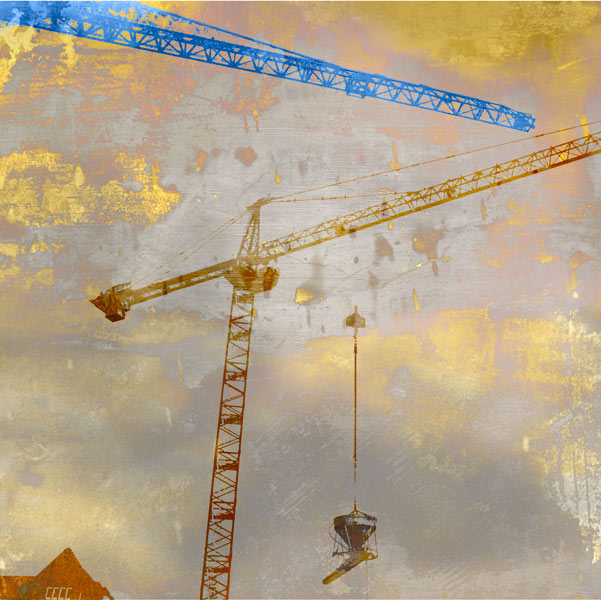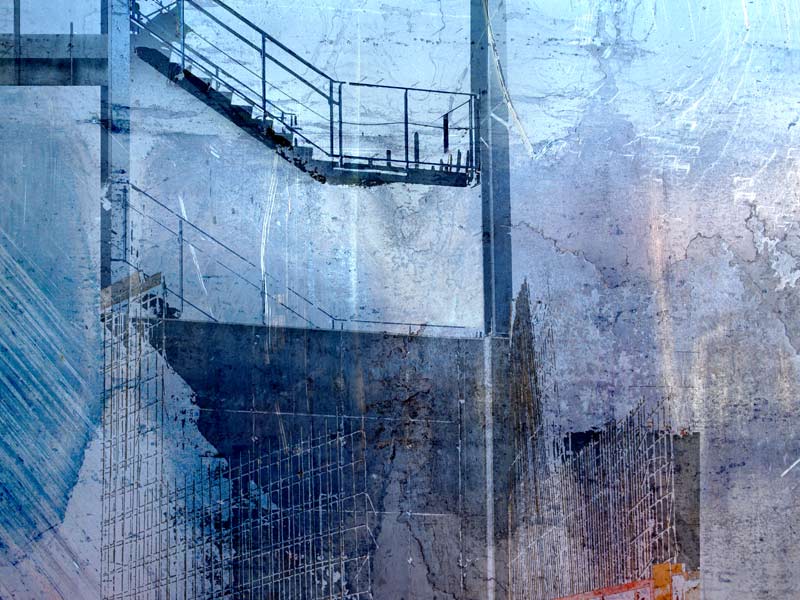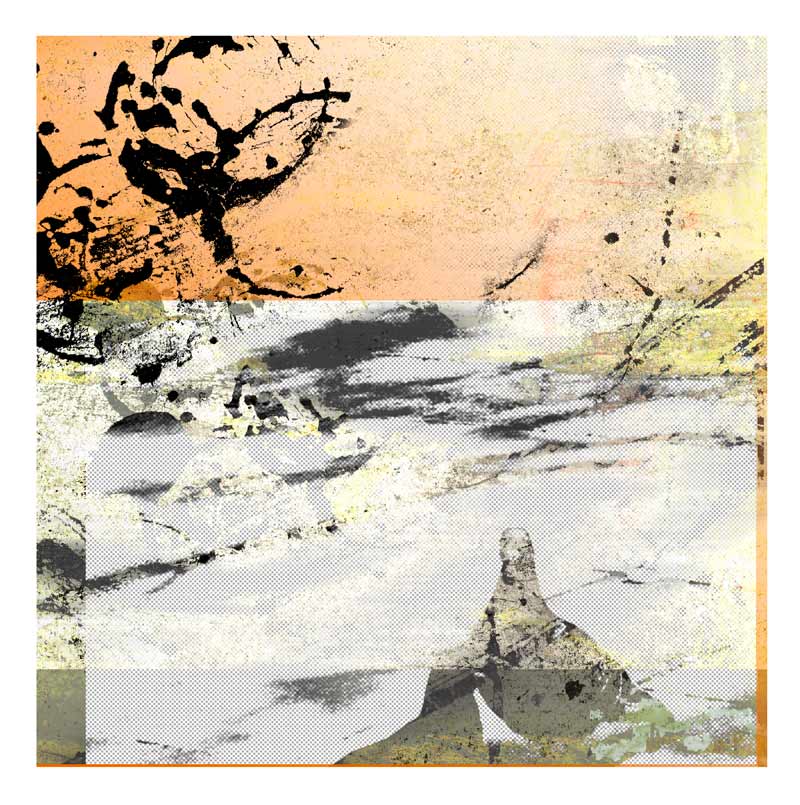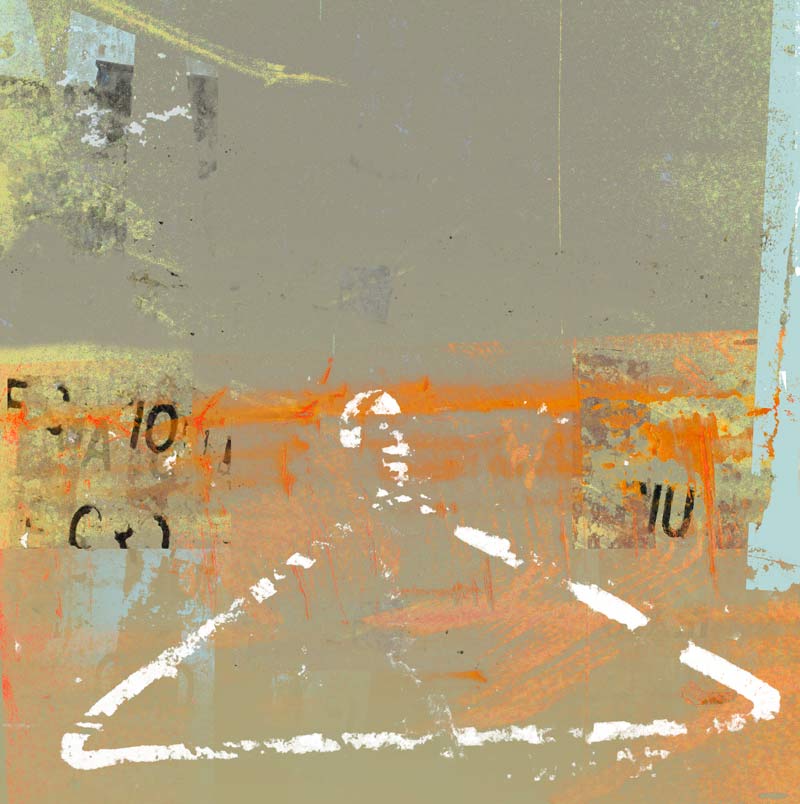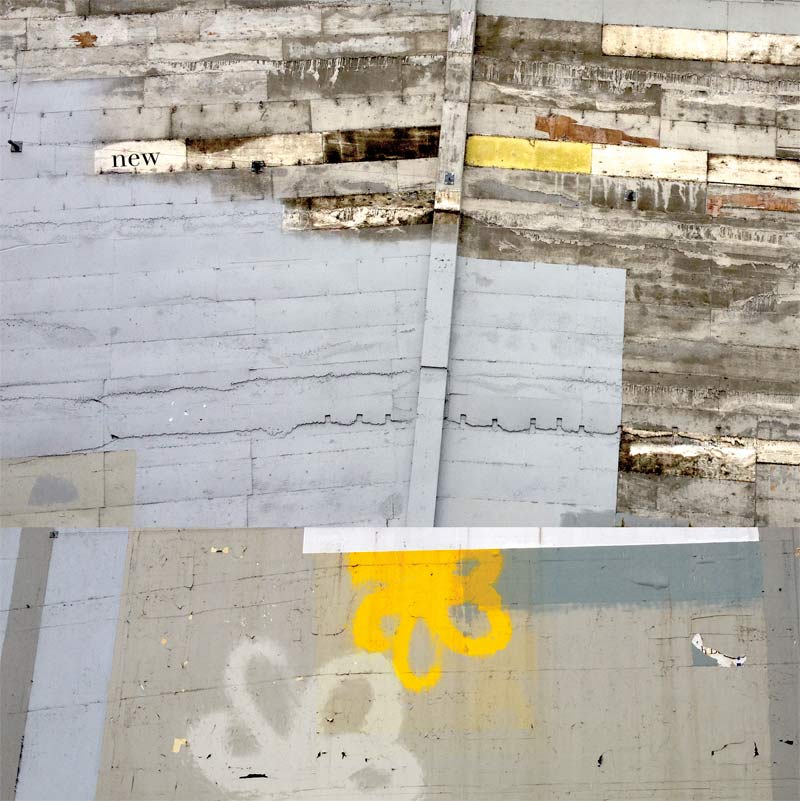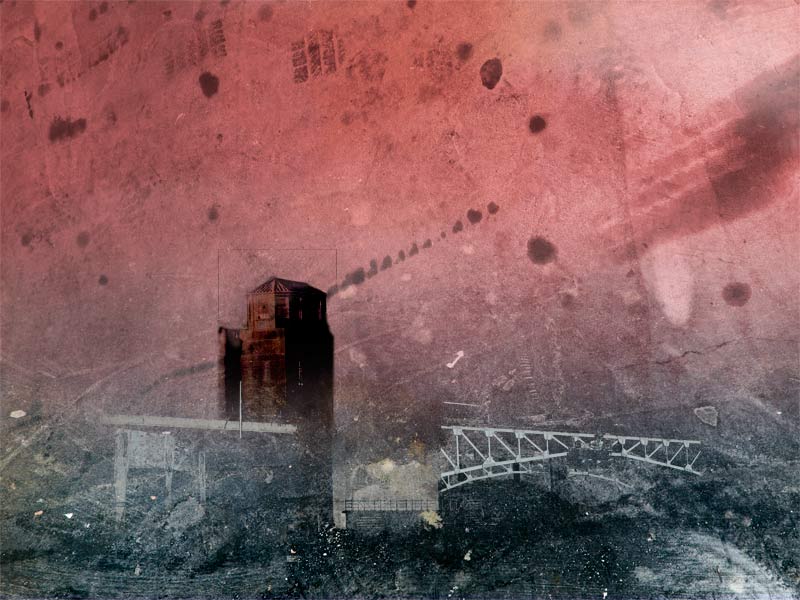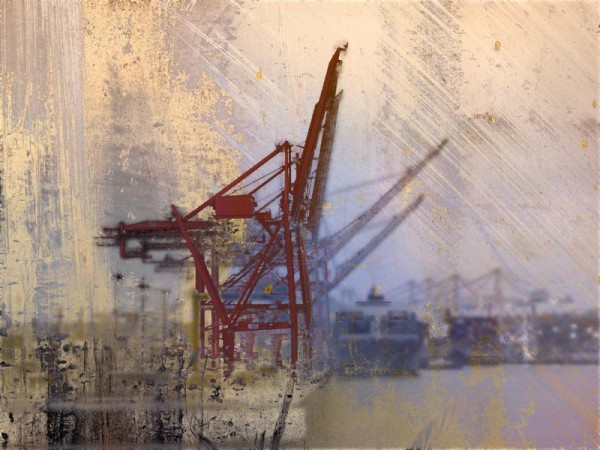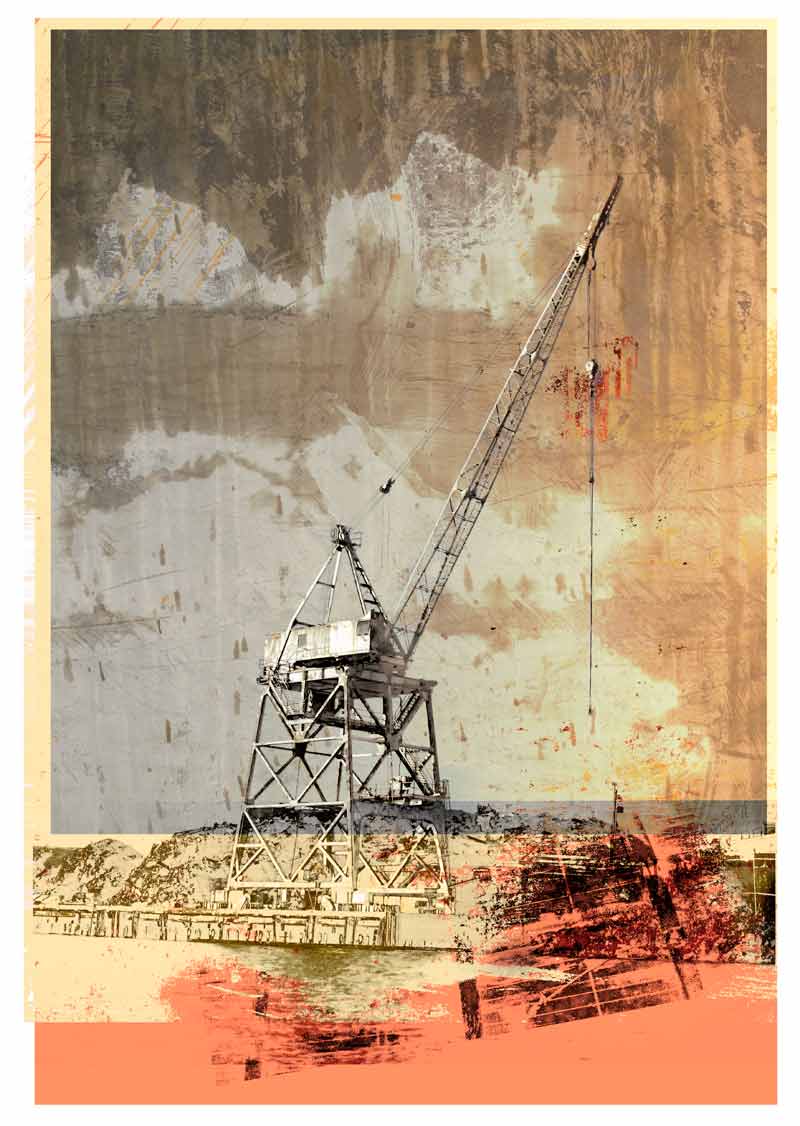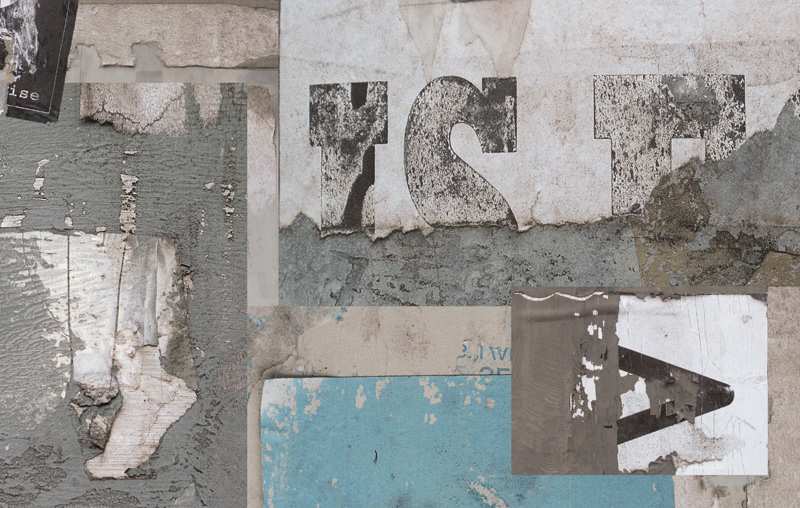
This week I am reading Rebecca Solnit’s provocative new book “A Paradise Built in Hell” about the upside of catastrophe. It seems to be affecting my color palette and sense of composition. We are at the burnt gray edge of March here in Seattle, where the only blue you will see is on a broken plate. Or the telephone poles. Praise be for the precious scrap of cyan.
“The possibility of paradise hovers on the cusp of coming into being, so much so that it takes powerful forces to keep such a paradise at bay. If paradise now arises in hell, it’s because in the suspension of the usual order and the failure of most systems, we are free to live and act another way.”
—Rebecca Solnit, from A Paradise Built in Hell
